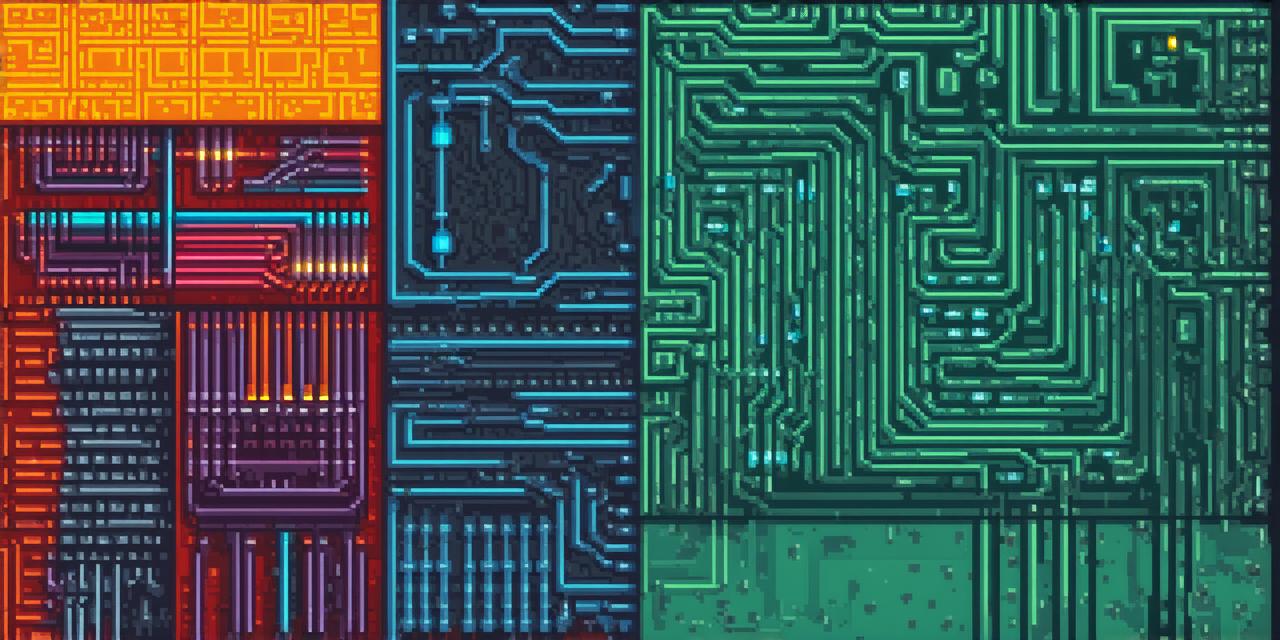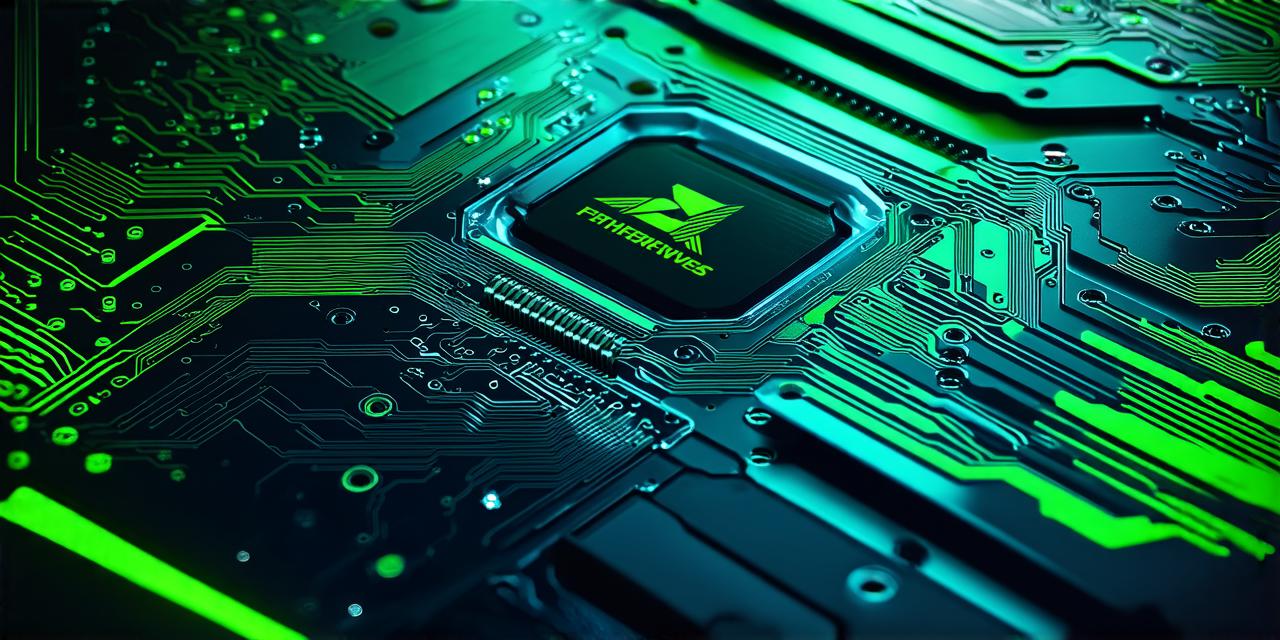The development of 3D video games has revolutionized the gaming industry, providing players with an immersive and interactive experience that has captivated their attention for decades.
Introduction:
Before the advent of 3D graphics, video games relied heavily on 2D sprites to represent characters and environments. These 2D images were drawn onto a background canvas and overlaid with animations to create the illusion of movement.
However, as technology advanced, developers began experimenting with new ways to create more realistic visuals.
The History of 3D Video Games:
In the 1980s, the first 3D video game was developed using a technique called “vector graphics,” which used lines and mathematical equations to represent three-dimensional objects. These early 3D games were limited by their technology, but they paved the way for future advancements in 3D graphics.
In the 1990s, the development of texture mapping and shading techniques allowed developers to create more detailed and realistic 3D models. This was followed by the introduction of hardware acceleration, which made it possible to render complex 3D environments in real-time.
These advancements led to a boom in the development of 3D video games, with many iconic titles such as Super Mario 64 and The Legend of Zelda: Ocarina of Time pushing the boundaries of what was possible in terms of 3D graphics.
The Impact of 3D Video Games on Game Development Industry:
The evolution of 3D video games has had a significant impact on the game development industry. One of the most noticeable changes is the increase in complexity and realism of games, as well as the growth of the gaming community.
With the rise of powerful consoles and high-performance PCs, developers can now create games with photorealistic graphics and complex physics engines, providing players with a more immersive experience than ever before.
The development of 3D video games has also led to the growth of new technologies such as virtual reality (VR) and augmented reality (AR), which allow players to interact with game worlds in even more innovative ways. These technologies are still in their infancy, but they have already shown great potential for transforming the way we play games.
Moreover, the evolution of 3D video games has also led to changes in the development process itself. With the increased complexity of games, developers must now work with larger and more complex teams, including artists, programmers, and other specialists. This has led to a greater focus on collaboration and communication within the development team, as well as an increased emphasis on project management and planning.
The Future of 3D Video Games:
As technology continues to advance, it is likely that we will see even more incredible developments in 3D video games. With the advent of new hardware such as ray tracing, which allows for incredibly realistic lighting effects, we can expect to see games with even more stunning visuals and immersive experiences.
In addition, as VR and AR technologies continue to evolve, we can expect to see more innovative ways for players to interact with game worlds. This could include everything from virtual reality rollercoasters to augmented reality shopping experiences within game worlds.
Conclusion:
The evolution of 3D video games has had a profound impact on the game development industry, transforming the way we create and experience games. From simple pixelated graphics to photorealistic visuals, 3D technology has pushed the boundaries of what is possible in terms of gaming, providing players with an immersive and interactive experience that continues to captivate their attention today.

As technology continues to advance, we can expect even more incredible developments in 3D video games, leading to new ways for players to interact with game worlds and transforming the future of gaming as we know it.




